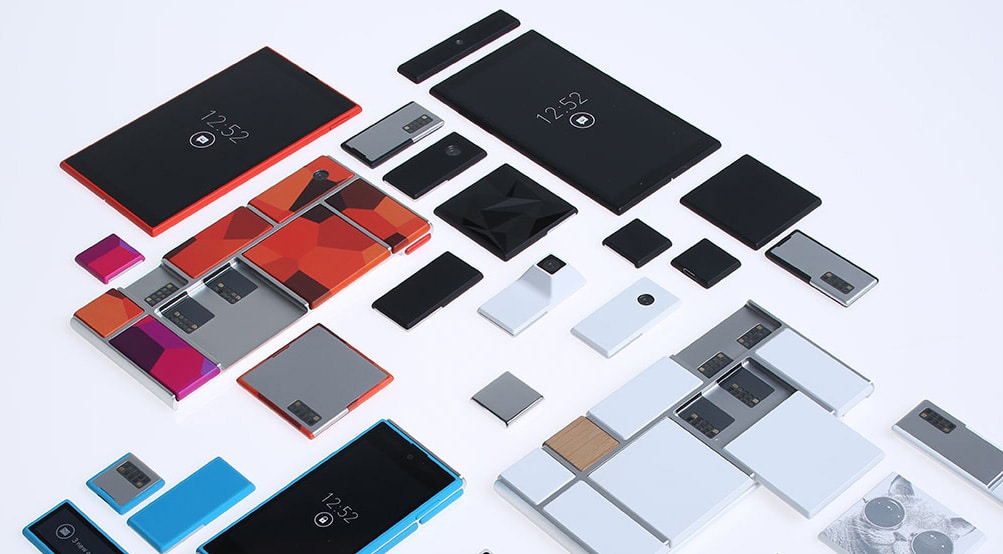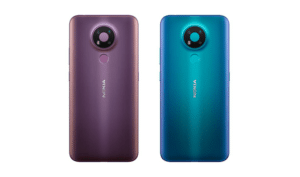In today’s world, almost every individual owns a smartphone, and there has been a lot of development in the field of smartphone application ever since smartphones started working on Android. There is absolutely no such task that a smartphone cannot let you do. Starting from the basin Internet surfing or instant chat messengers to complex functionality like Bluetooth controlled robot. We have applications for image editing and processing, voice modulation and navigational tracking. Every customization is possible. But still it does not allows us to modularize our smartphone from the scratch. To eradicate this deficiency Google has stepped up on the platform with its Project Ara.
Teams at Google have been searching for a way to swap phone components as better ones release, much like someone with a high-end PC might do when they upgrade. And with new details on Project Ara, Google may be one step closer. Google’s modular phone, Project Ara, has been in development for quite a while, but progress appears to be steady, as is the stream of information we are getting about the platform. Google recently started accepting requests for the first Project Ara developer board and now we have learned that the platform will be based on a modified version of Android L, which it has developed in conjunction with developers of the Linaro Linux-based software.
Project Ara seems like the sort of thing that could never in a million years’ work, but Google is committed to giving it a shot. While there has been little news about Project Ara in recent months, the device, which is supposed to allow users to switch out various components according to their design and hardware preferences, has been an ongoing topic of interest for some time. screens, cameras, batteries and other block-shaped components called modules. Google describes Project Ara as a phone for 6 billion people, sighting affordability and ease of hardware customization as reasons why it should be appealing to many consumers.
The idea behind Ara is that you’ll add the modules you want to the device based on your needs. Maybe you want a ton of storage or a really nice camera. Maybe all that is secondary to having a huge battery. One of the questions about this approach was, how could Android support that? Ara will run on a modified version of Android L to enable modular hardware. It will even permit the user to hot-swap modules except CPU and display while the phone is running. That’s crazy, but there may be more restrictions than this. RAM probably can’t be swapped all at once, and the main storage can’t be detached while in operation either. It doesn’t really count as “on” if you do either of those.
Google primarily worked with its former subsidiary Motorola Mobility on Project Ara, but several other partners have joined the endeavor, including chipmaker Rockchip, and manufacturer Foxconn, and hardware companies Toshiba and Quanta. Google hosted its first Project Ara developer’s conference in April, and a second conference is planned for December. Google says there will be a lot more news on Project Ara as its release date approaches.










I’m pretty sure Google actually bought this idea and is thinking very strongly about getting the idea into production
Google is doing this based on phonebloks and is cooperating with phonebloks on project ara 😀
Really good news to see Phoneblocks idea coming back.
… it never way away man… -_-